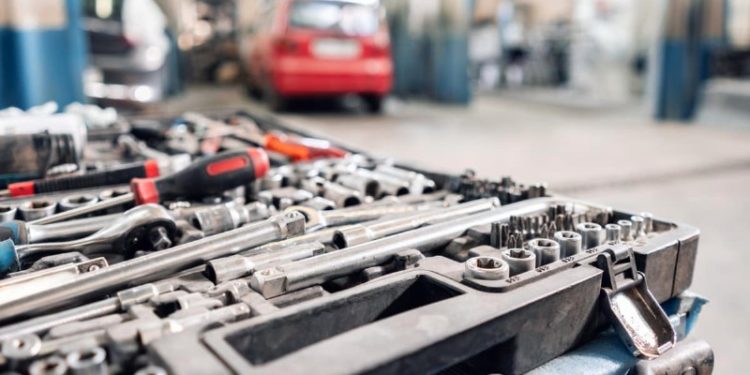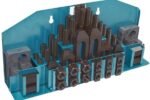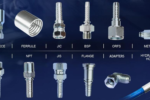Key Differences Between Snap-on vs. Blue Point

There are a lot of opinions about Snap-On vs. Blue Point tools. Some say they are the same, while others say there are countless differences. These two tool companies provide multiple options for different purposes. The material used, quality, and price are diverse. You need to choose the right one depending on your individual needs.
Snap-on is known for its tools and equipment to be used in professional settings. Its tools are common in automotive, marine applications, aviation, and railroads. All their tools are made in the US, with manufacturing plants in Tennessee, Wisconsin, and North Carolina.
It offers a lifetime warranty for all tools except for diagnostic equipment, meters, and power tools, which only have a one-year warranty.
Snap-on manufactures Blue Point tools. Blue Point tools are built with the same specs, but the finish is different. They could also be manufactured from outside the US. All tools are durable and can do common jobs. Some tools are larger, which can be used for basic operations.
Here are the key differences between Snap-on vs. Blue Point:
- Manufacturer. You will not see the Snap-on name on Blue Point tools even though Snap-on distributes Blue Point tools. Snap-On creates some Blue Point tools, but other producers can be outside the country. Although the same specifications used are provided by Snap-on.
- Quality. The quality and accuracy of both tools are excellent. But Blue Point tools can be made by other manufacturers, so there might be inconsistencies. Snap-on tools are only made in US plants.
- Materials. Snap-on tools are made of wood, rubber, plastic, and metal. Each material has its function. Metal is used in a lot of its tools because of its sturdiness. Blue Point uses spring steel, cobalt chrome, and others.
- Use. Most automotive mechanics have Snap-on tools in their toolbox. They are also used in construction and aviation. The tools are smaller and more compact, which can be used in tighter spots. Snap-on wrenches, like screwdrivers, ratchets, and sandblasters, are widely used in the country.
- Cost. Blue Point charges lower than Snap-on, but if you consider an investment, Snap-on’s quality is better. They have a longer lifespan due to their high build value and solid frames.
Even if Snap-on and Blue Point come from the same company, Snap-on tools are considered by busy mechanics. They are slimmer and more comfortable to hold. However, if you need to save money and are not a professional, you might use Blue Point tools. Quality will be different, but the tools will work better than expected. It’s imperative to assess your needs to know which option is best. You should know your budget as well.
The Williams brand is made by Snap-on industrial tools. Williams has made durable, reliable tools for industry professionals since 1882. Due to their exact manufacturing process, Williams’ products were used in numerous industrial shops of 19th century America. They have tools for bicycles, sewing machines, and the production of golf club heads. You may order them from Suncoast Precision Tools.






